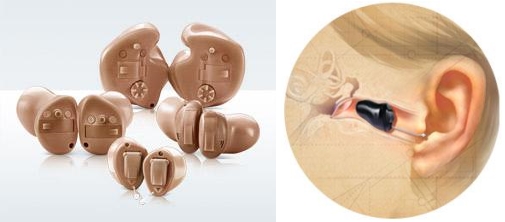August 20, 2017
by hearing •
FAQ •

Ever wonder how that magical little device in your ear actually works? Hearing aids are tiny computers, and consist of four basic components:
- A microphone. This actually doesn’t increase the volume of the noise around: instead, it just picks up all those acoustic sounds and converts them into a digital signal, i.e. 1’s and 0’s. At this point, the sound can’t be heard by the human ear. Now the signal is ready for amplification.
- An electronic circuit. This sorts out the different types of sound and amplifies the human voices, minimizing background noise by a complex algorithm. Don’t ask us how this works – some people are called to be mathematicians so the rest of us don’t have to worry about it! Now the signal is ready to go to the receiver.
- A receiver/speaker. This changes the 1’s and 0’s back into acoustic sound you can actually hear and sends it back into the ear. From there, those impulses are sent to the brain, and voila! We have sound!
- A battery. It’s not exactly feasible to plug hearing aids into electrical outlets, so they are powered by tiny batteries. Typical battery life ranges from one to four weeks depending on the type of battery and hearing aid.
How does a hearing aid work?
August 20, 2017 by hearing • FAQ • 0 Comments
Ever wonder how that magical little device in your ear actually works? Hearing aids are tiny computers, and consist of four basic components: